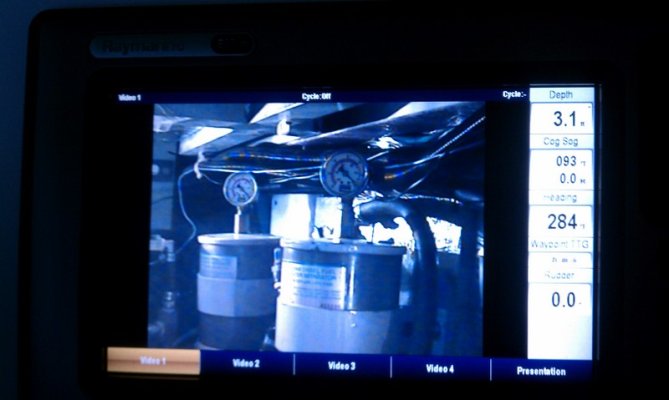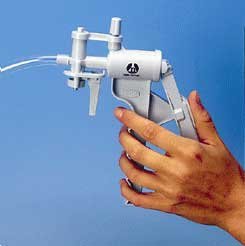FF;156811
Sounds like a tank clean out and new fuel lines are in your future.[/QUOTE said:
I've cleaned out the tanks a couple of times. The problem is the issue is inconsistent. It seems to happen more often when the tanks are less than half full, but then again not always. And it happens on both engines and all 3 tanks. The fuel pressure gauge should indicate by decreasing pressure when a restriction is developing and allow me time to investigate before the engines loose power.
Right now I'm showing about 5" of vacuum and over 20 psi fuel pressure and the engines run fine. The tanks are all full, so I'll be monitoring the gauges closely over the next couple of months.






